NAMM 2015: Shure announces Motiv mobile microphone line
Also launches an audio interface and app
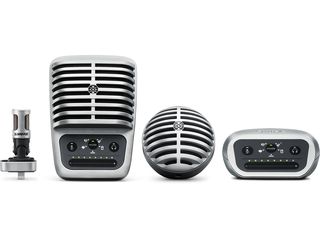
Shure things
NAMM 2015: Shure looks to be making a serious pitch for the mobile recording pound/dollar with the launch of its Motiv range. This comprises three microphones and an audio interface that support a range of platforms. There's also an iOS app that offers control of various features.
Click through the gallery to find out more about each product; check out the Shure website for additional details.
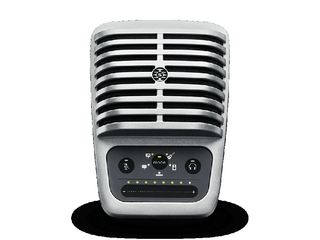
Shure Motiv MV51
Sitting at the top of the range is the MV51, a vintage-style large-diaphragm condenser mic with a headphones output and integrated kickstand.
It offers five DSP presets (Speech, Singing, Flat, Acoustic Instrument, Loud) which can be accessed from a touch panel, and you can record at 24-bit/48kHz quality. It'll work with iOS, Android, PC and Mac, and is set to cost $199.
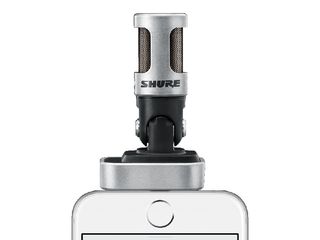
Shure Motiv MV88
A more slimline option is the Lightning connector-equipped MV88, an iOS-specific, 24-bit/48kHz stereo condenser mic.
The mic element is mounted to a 90-degree hinge that can rotated as you wish and, again, there are five preset modes. These can be accessed from the ShurePlus Motiv recording app, which also enables you to adjust the gain, stereo width and EQ.

Shure Motiv MV5
If a spherical mic is more up your street, take a look at the MV5 digital condenser.
Available in two colours, this offers Vocals, Flat and Instrument presets, a headphones output and real-time monitoring. You can use it with or without the built-in desktop stand, and there's iOS, Android, PC and Mac compatibility.
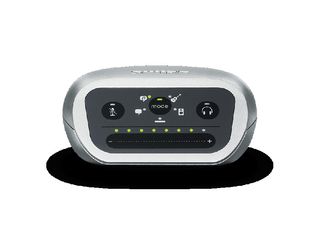
Shure MVi
An iOS, Android, PC and Mac audio interface that resembles the bottom portion of the MV51, the MVi interface gives you XLR and 1/4-inch instrument inputs. Use the touch panel to adjust the volume, gain, mode selection and five DSP presets (Speech, Singing, Flat, Acoustic Instrument, Loud).

ShurePlus Motiv app
Designed for use with all the Motiv products, this iOS app enables you to make settings (select DSP modes and set the gain, compression, EQ and stereo width levels) and share files in a variety of ways.

I’m the Deputy Editor of MusicRadar, having worked on the site since its launch in 2007. I previously spent eight years working on our sister magazine, Computer Music. I’ve been playing the piano, gigging in bands and failing to finish tracks at home for more than 30 years, 24 of which I’ve also spent writing about music and the ever-changing technology used to make it.


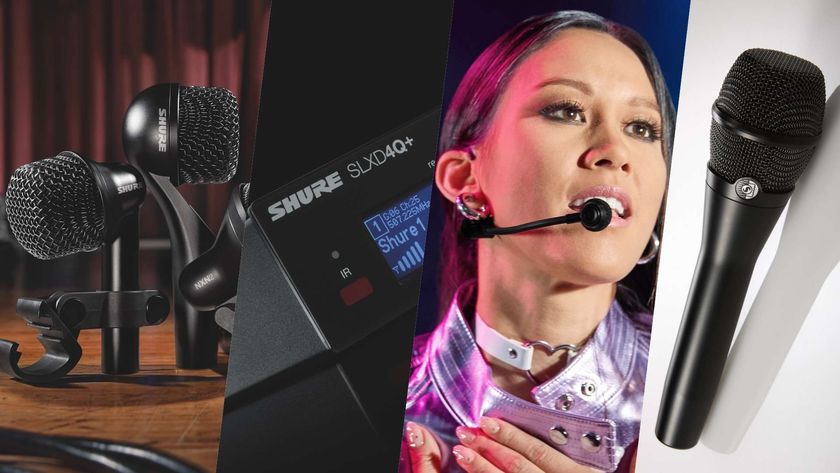




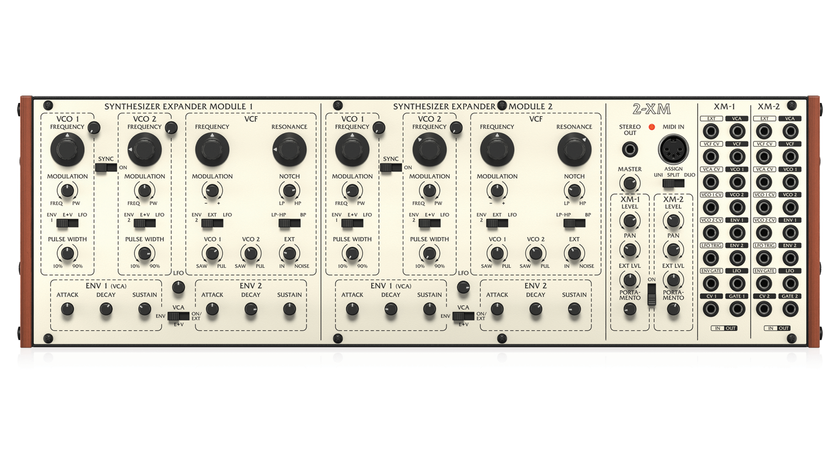





![Chris Hayes [left] wears a purple checked shirt and plays his 1957 Stratocaster in the studio; Michael J. Fox tears it up onstage as Marty McFly in the 1985 blockbuster Back To The Future.](https://cdn.mos.cms.futurecdn.net/nWZUSbFAwA6EqQdruLmXXh-840-80.jpg)